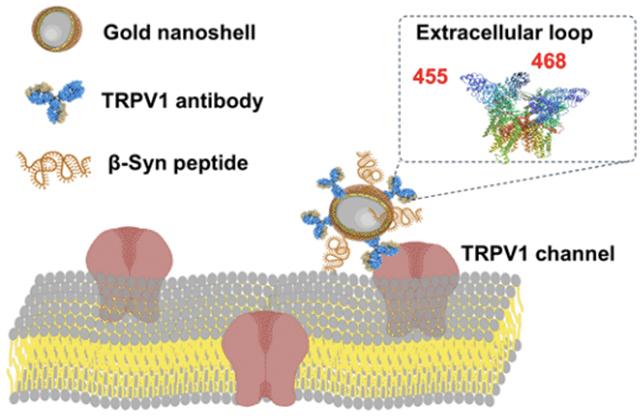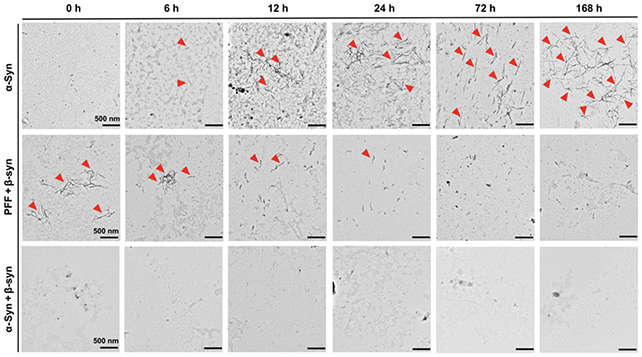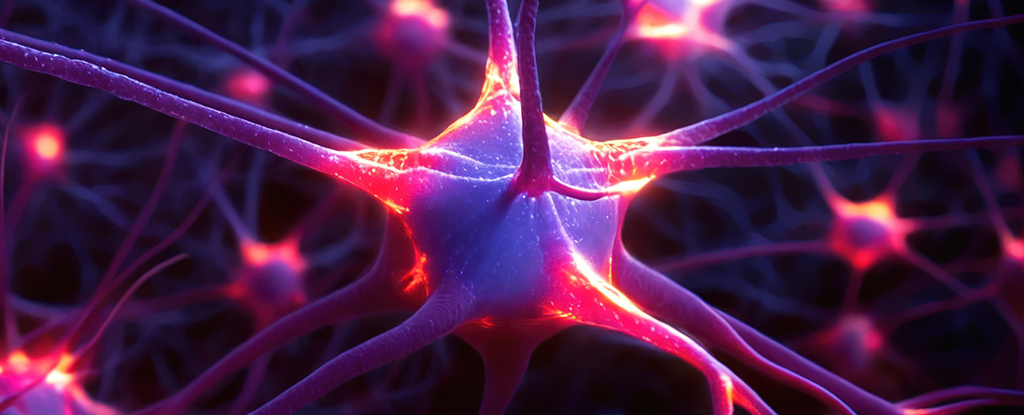Stimulating dopamine-producing brain cells wirelessly with gold nanoparticles has proven effective at treating mice with Parkinson’s disease, even reversing a portion of their neurological damage.
Researchers from the National Center for Nanoscience and Technology of China (NCNST) say it’s a significant step forward for using brain simulation to tackle Parkinson’s in humans, a neurodegenerative condition that affects more than 10 million people worldwide.
Deep inside the brains of those with the condition, dopamine-producing neurons take a major hit as insoluable clumps of a protein called alpha-synuclein accumulate, gradually depriving patients of an ability to control their movements.
At the core of the new approach is a system consisting of gold-shelled particles roughy 160 nanometers in size, coated in a guiding-system of antibodies and peptide chemicals designed to reverse the key effects of the disease by restoring low dopamine levels and breaking down the build up of harmful protein threads called fibrils.

After delivery into the brain, the nanoparticles use their antibodies to bond with their neural targets, activating by absorbing near-infrared light shone through the skull. By converting the light into heat, the tiny gold particles trigger changes in the cells that promote repair while releasing peptides that help break down and clear out the alpha-synuclein protein fibrils clogging up Parkinson’s brains.
“These orchestrated actions restored pathological dopamine neurons and locomotor behaviors of Parkinson’s disease,” write the researchers in their published paper.
The approach differs from common methods of treating Parkinson’s by boosting levels of dopamine – a neurotransmitter with a major role in managing fine motor control in the body. Over time, pharmaceutical treatments put patients at risk of side unwanted effects, including tremors.
By targeting relevant cell receptors, the nanosystem ‘reawakens’ damaged neurons, removing the need for problematic drugs. Rather than just pumping in more dopamine, it gets the dopamine factories working again under the body’s own guidance.

“An ideal therapeutic system for reducing the accumulation of neuronal alpha-synuclein aggregates, which has been a great challenge, would simultaneously disaggregate alpha-synuclein fibrils and initiate the autophagic process,” write the researchers.
Having only been tested in mice and cell models in the lab under limited conditions, the method won’t be applied to humans any time soon. Further research is required into the mechanisms at work, along with clinical trials to determine safety and efficacy in patients with the disease.
However, there are lots of reasons for optimism: the treatment had a dramatic effect on the damage caused by the mouse model of Parkinson’s, with no harmful side effects on other brain areas observed. What’s more, once the nanosystem is in place, it can be enabled wirelessly without further invasive procedures.
“Overall, this proof-of-concept study provides valuable insights for future investigations aiming to expand the field of deep brain stimulation without the need for additional implantation of conduits or genetic manipulation,” write the researchers.
The research has been published in Science Advances.
Get the source article here



